How to set up this proxy server with Chrome browser
By default, the online databases subscribed to by the Library are only available in the Knowledge Centre and in the university buildings. However, if you are an active citizen of our university, the Library also offers you access to the databases remotely through a proxy service, whether you're working from home, on a business trip, or on vacation.
So, to access our databases remotely through a library proxy, you must be a University citizen (employee or student) at UP and have a valid library card in one of our library units.
(University citizens who are not enrolled and thus cannot use remote access can register online on the following page and then use the service. (You can change the language on the top right corner.))
In your open browser, click on the three small dots at the top right of the browser and select the SETTINGS submenu from the drop-down menu. (Figure 1)
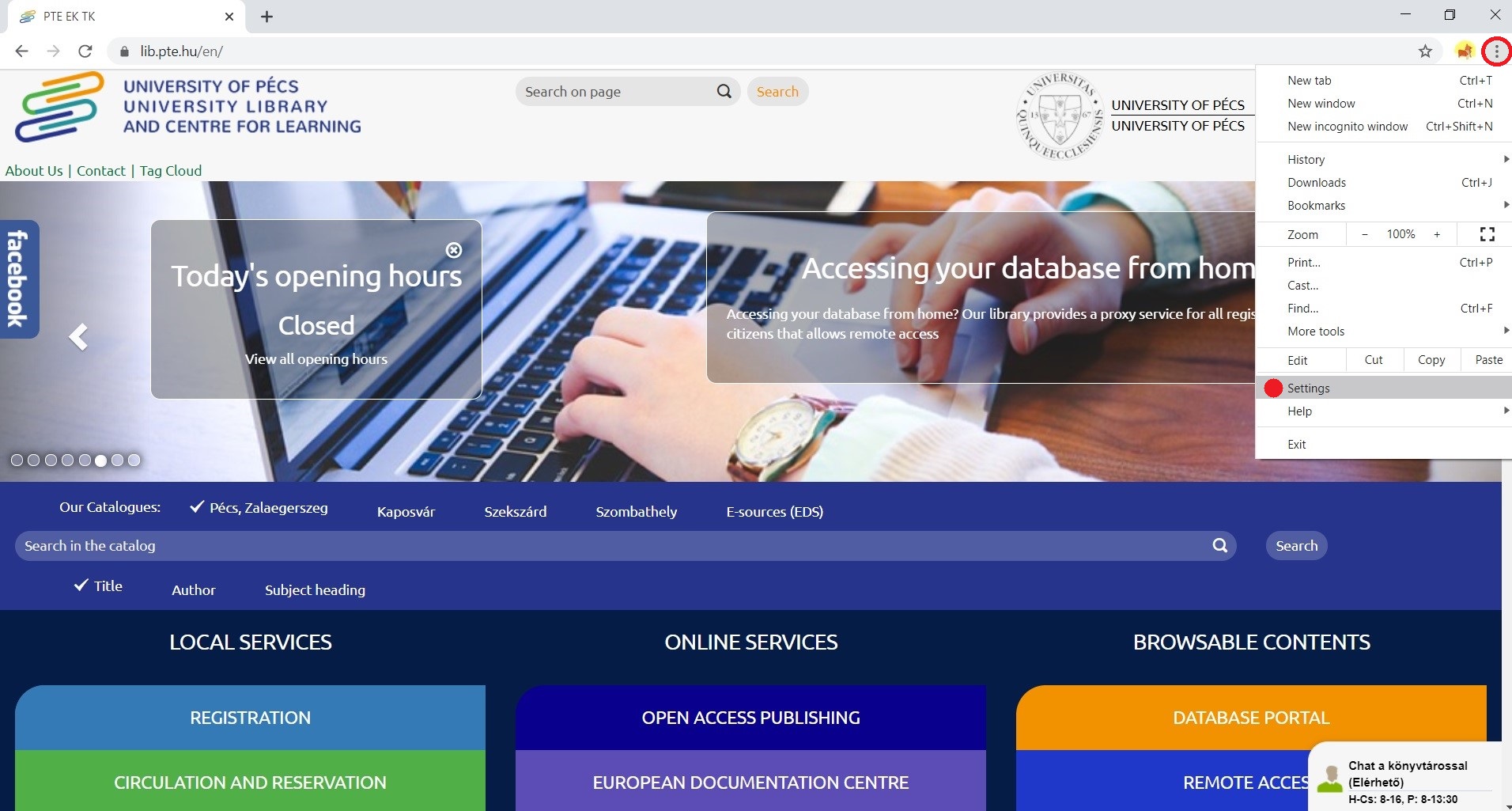 Figure 1
Figure 1
The general setup options are displayed. (Figure 2)
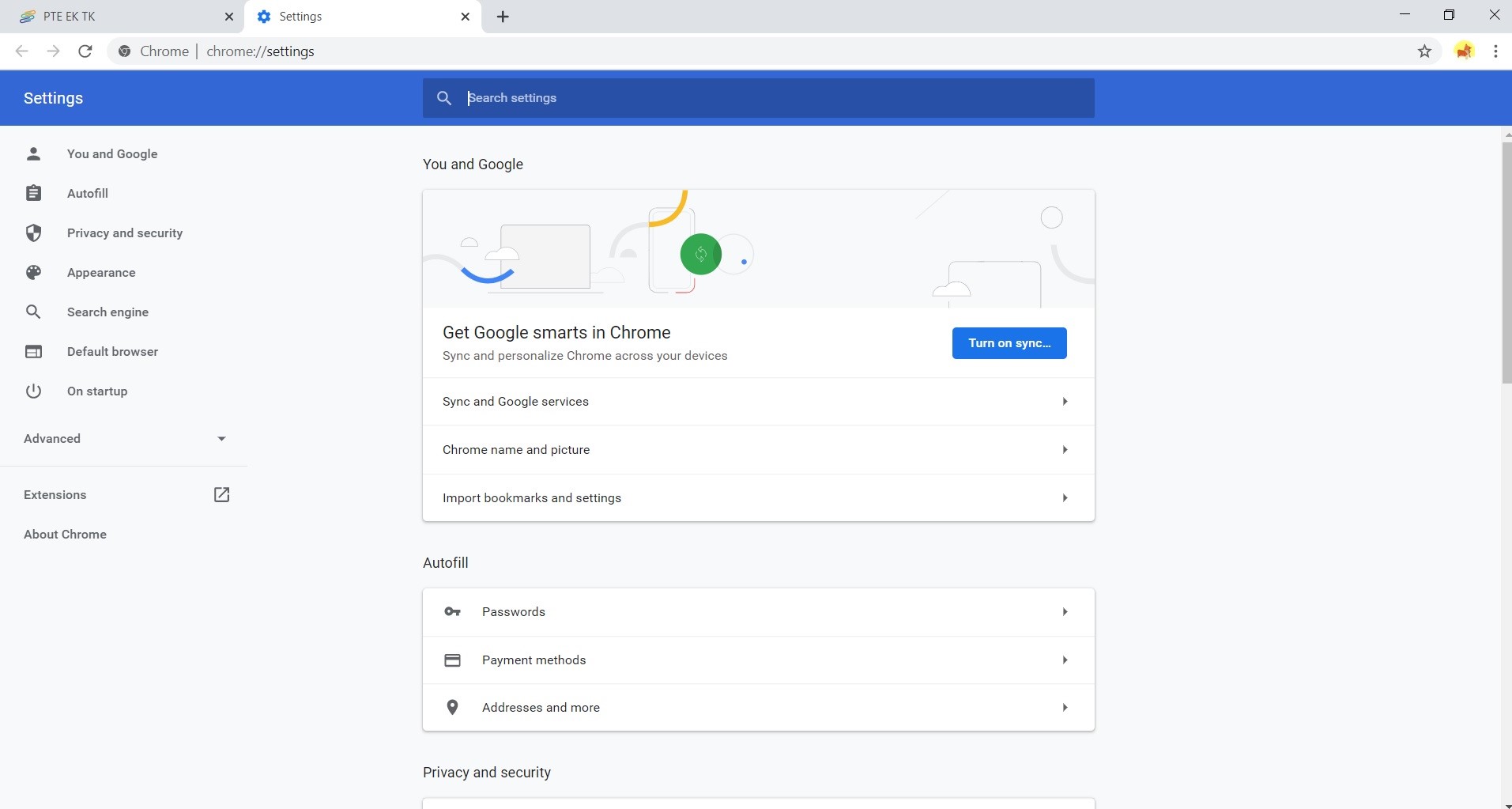 Figure 2
Figure 2Here, the easiest is if you are searching on the term 'proxy' in the search bar, and then hit the "Open your computer's proxy settings" menu. (Figure 3)
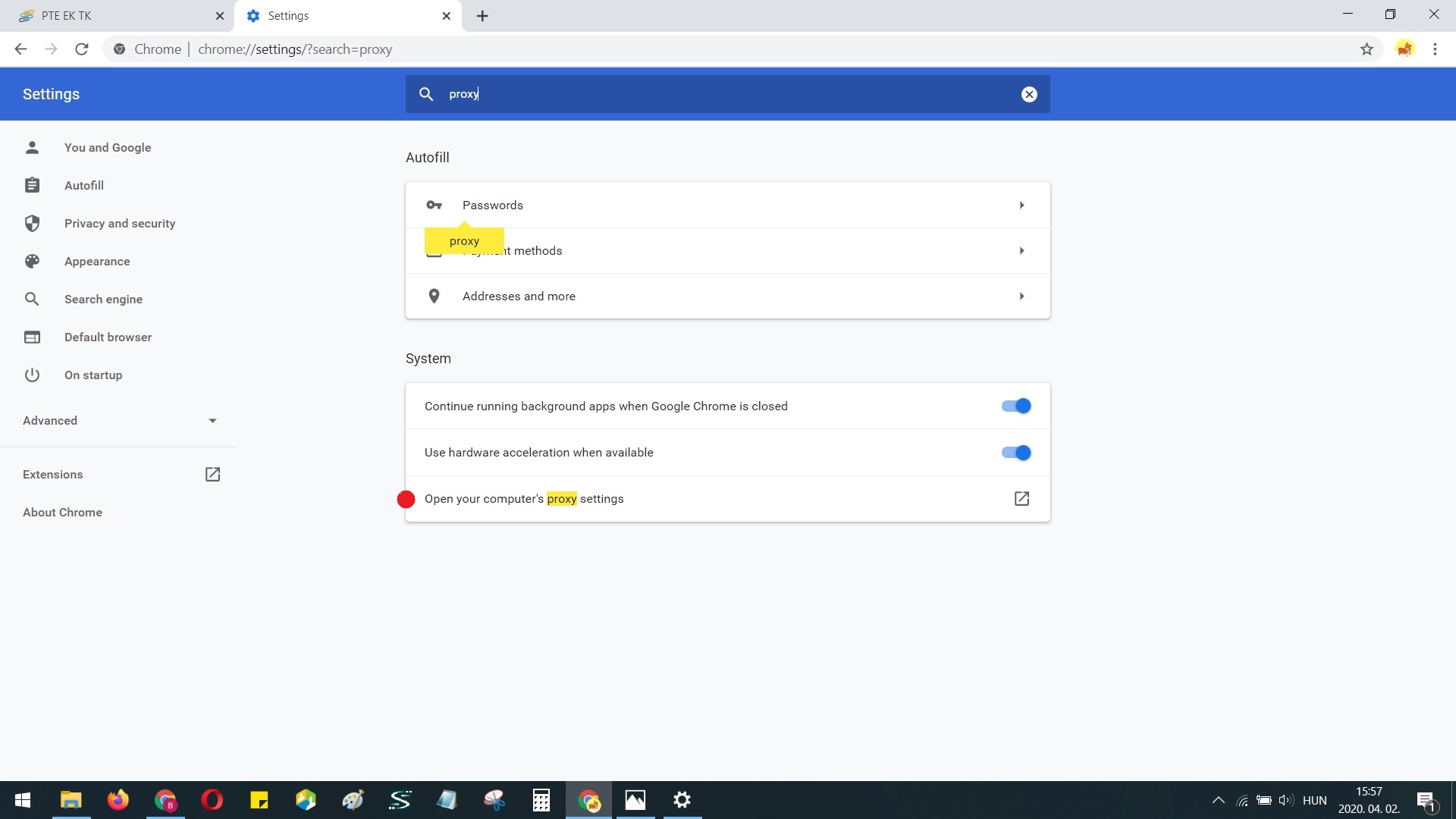 Figure 3
Figure 3
It will open the Network & Internet settings menu of your computer in the "Proxy" tab. (Figure 4)
Of course, you will be able to modify these settings anytime.
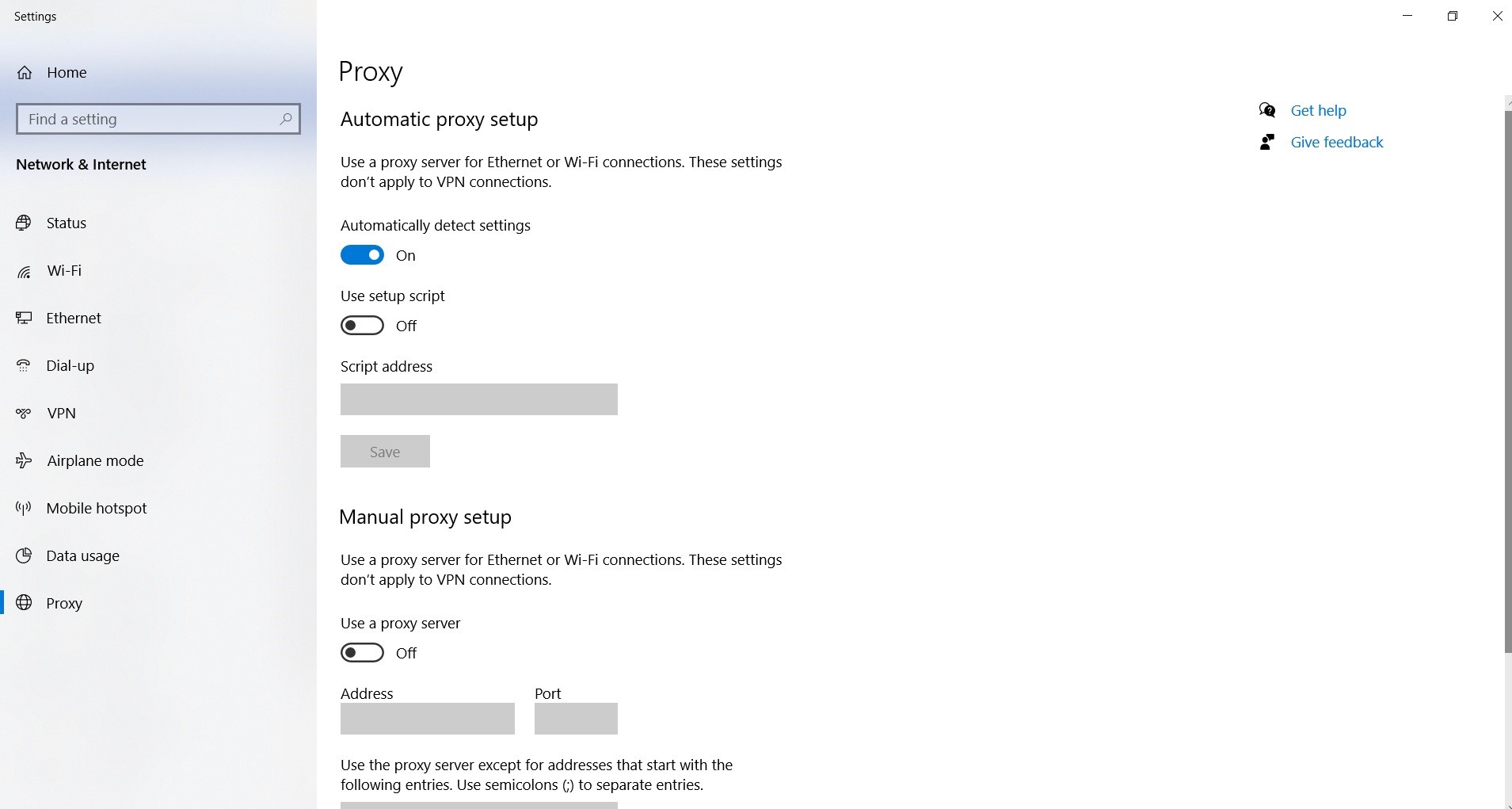
Find the "Use setup script" function here and activate it by clicking on the button.
It is also recommended that you check the "Automatically detect settings" function. (Figure 5)
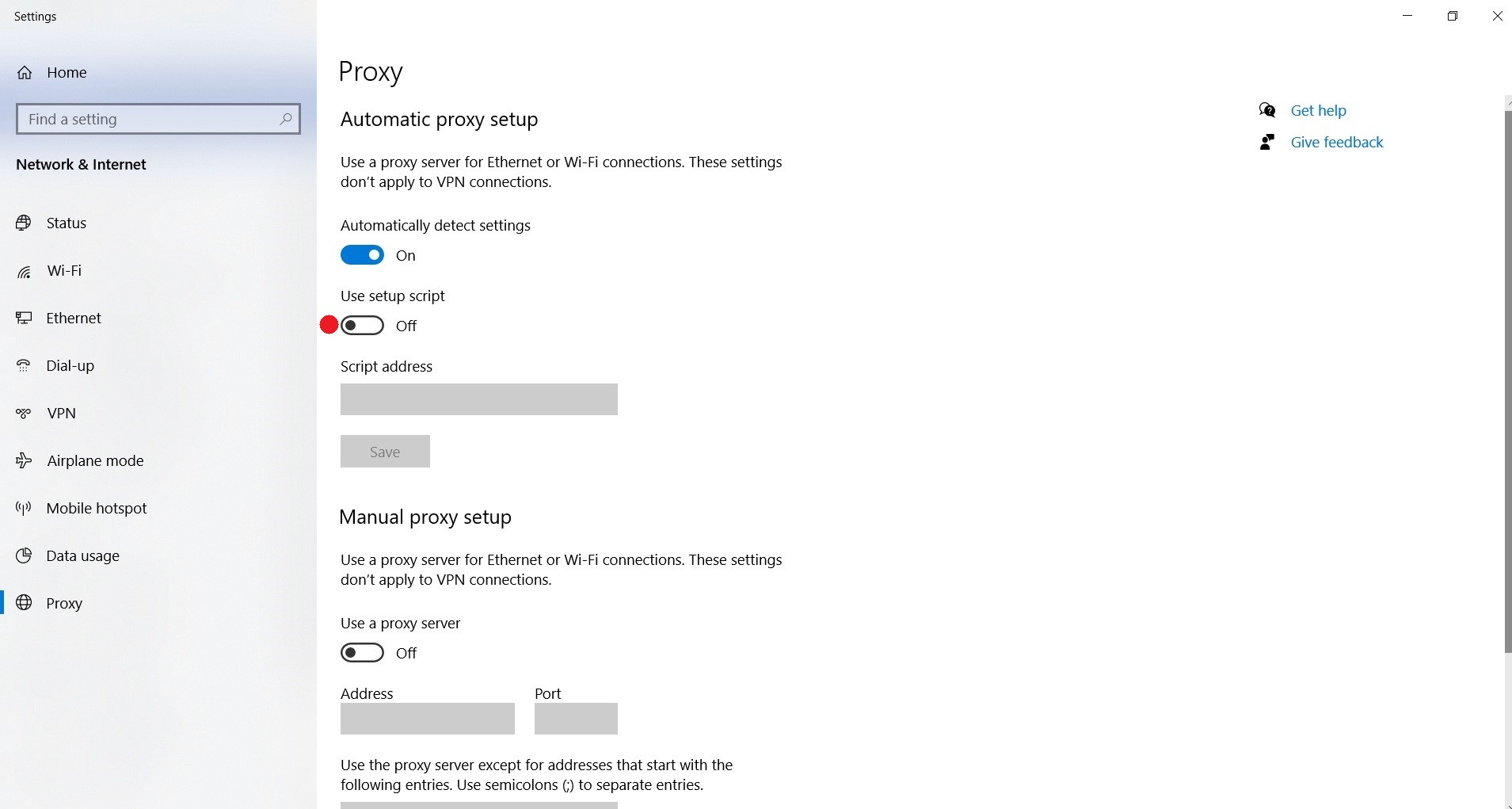
Type the following in the white marker that has become active:
http://dbproxy.lib.pte.hu/db.pac
Be sure to type the line exactly, so check for typos after typing. (Figure 6)
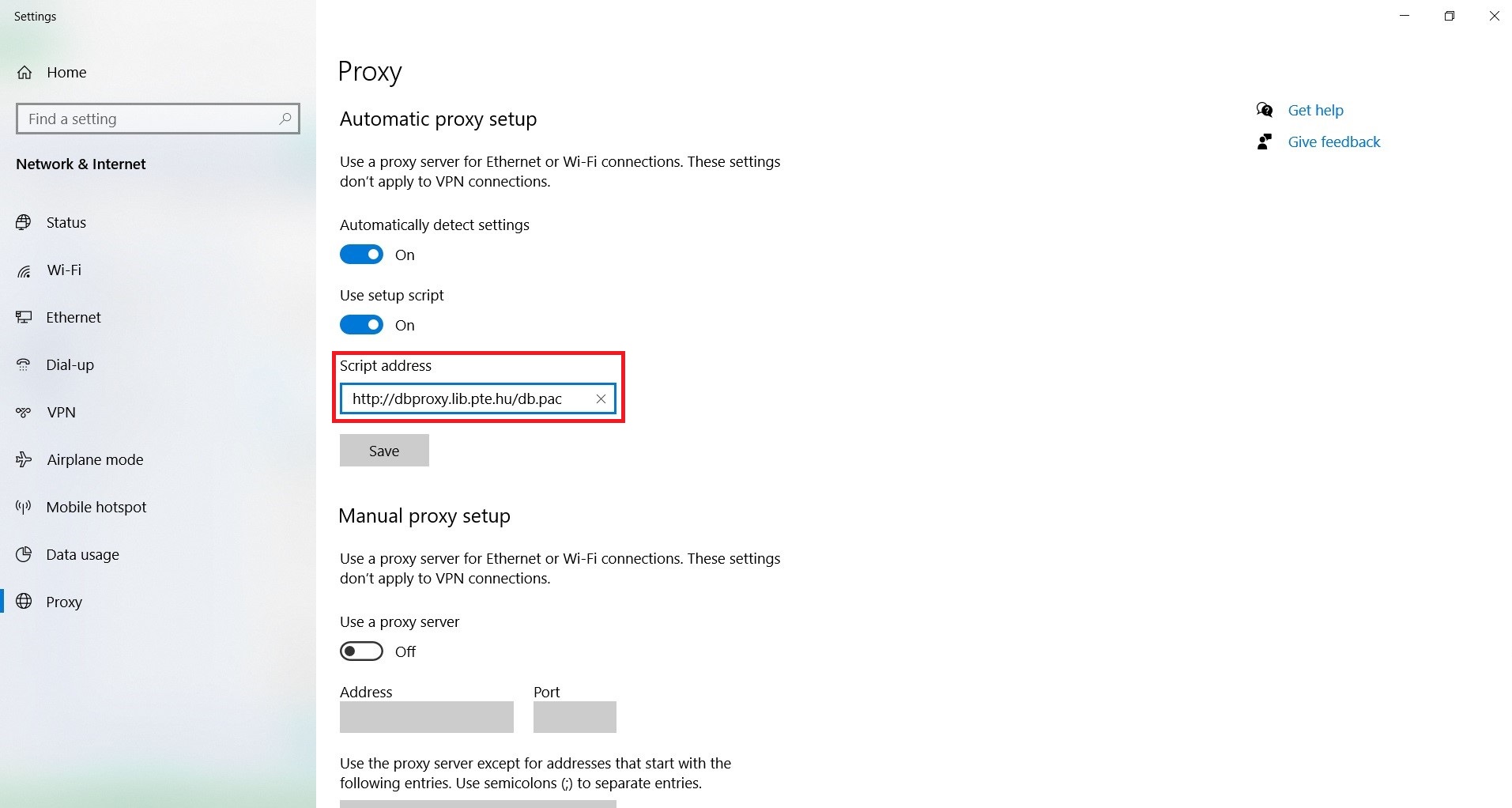 Figure 6
Figure 6
Then click the SAVE button to apply the changed settings and close the settings window. (Figure 7)
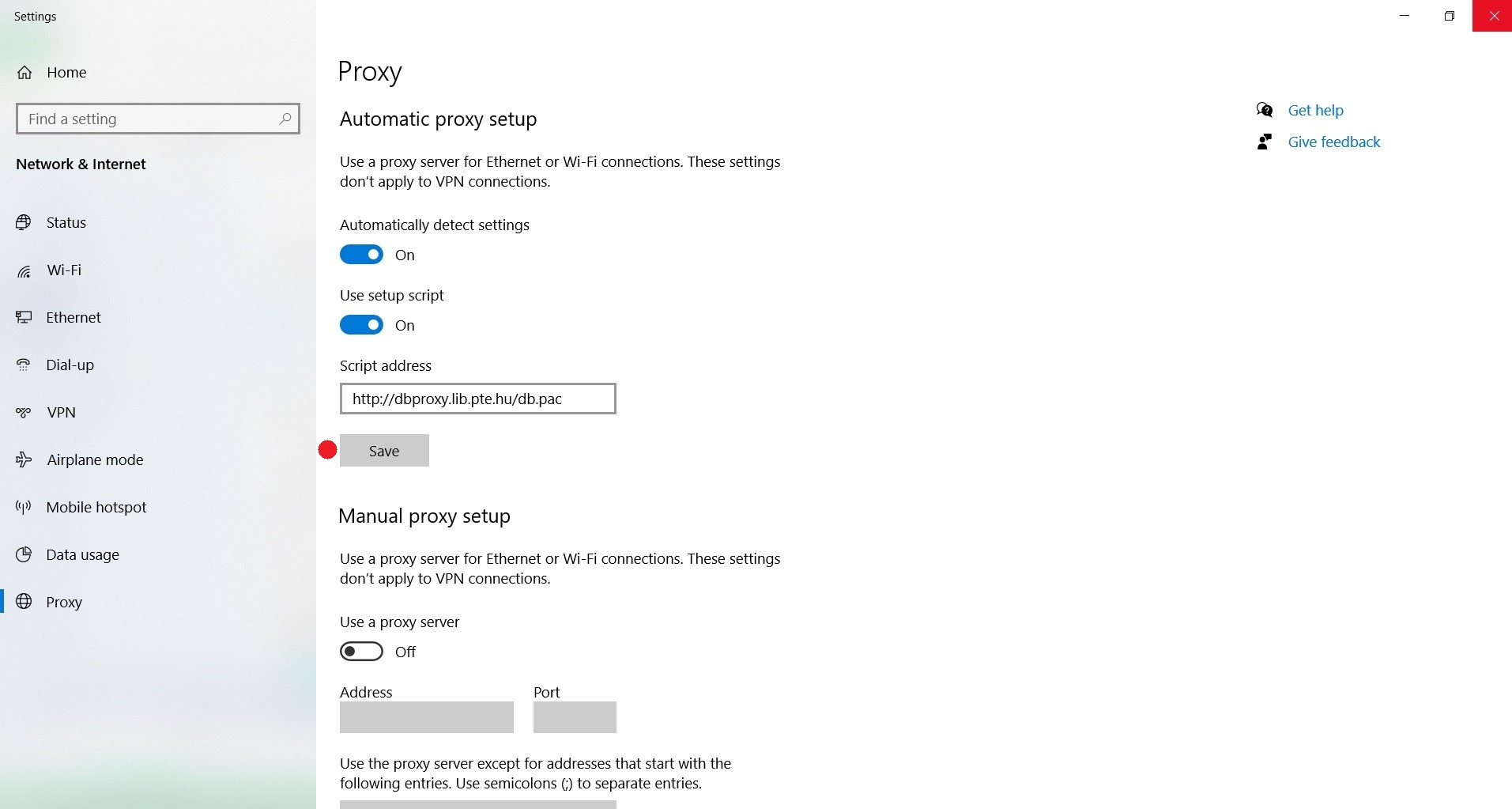 Figure 7
Figure 7
If you then navigate to a freely available content page in your browser, the Library proxy will not turn on. Whenever you want to visit one of our library pages or a page of an electronic resource (scientific databases, e-journals, e-books) the Library subscribes to, the proxy detects it and asks for library card identification in a popup window. (Figure 8)
 (Figure 8)
(Figure 8)
To do so, you will need a valid library card, and more specifically its card number and its associated password.
Enter your card number as your
username. (In case you have a new type of student card you will need to
use that.)
By default, your password is an eight-digit code containing the full date of birth. If your birth date is 28 November 1980, you can log in with the following password: 19801128. If you have already changed this password before, you must enter this password for successful authentication.
When you have successfully typed your reader number and password, press the SIGN IN button to complete the authentication. (Figure 9)
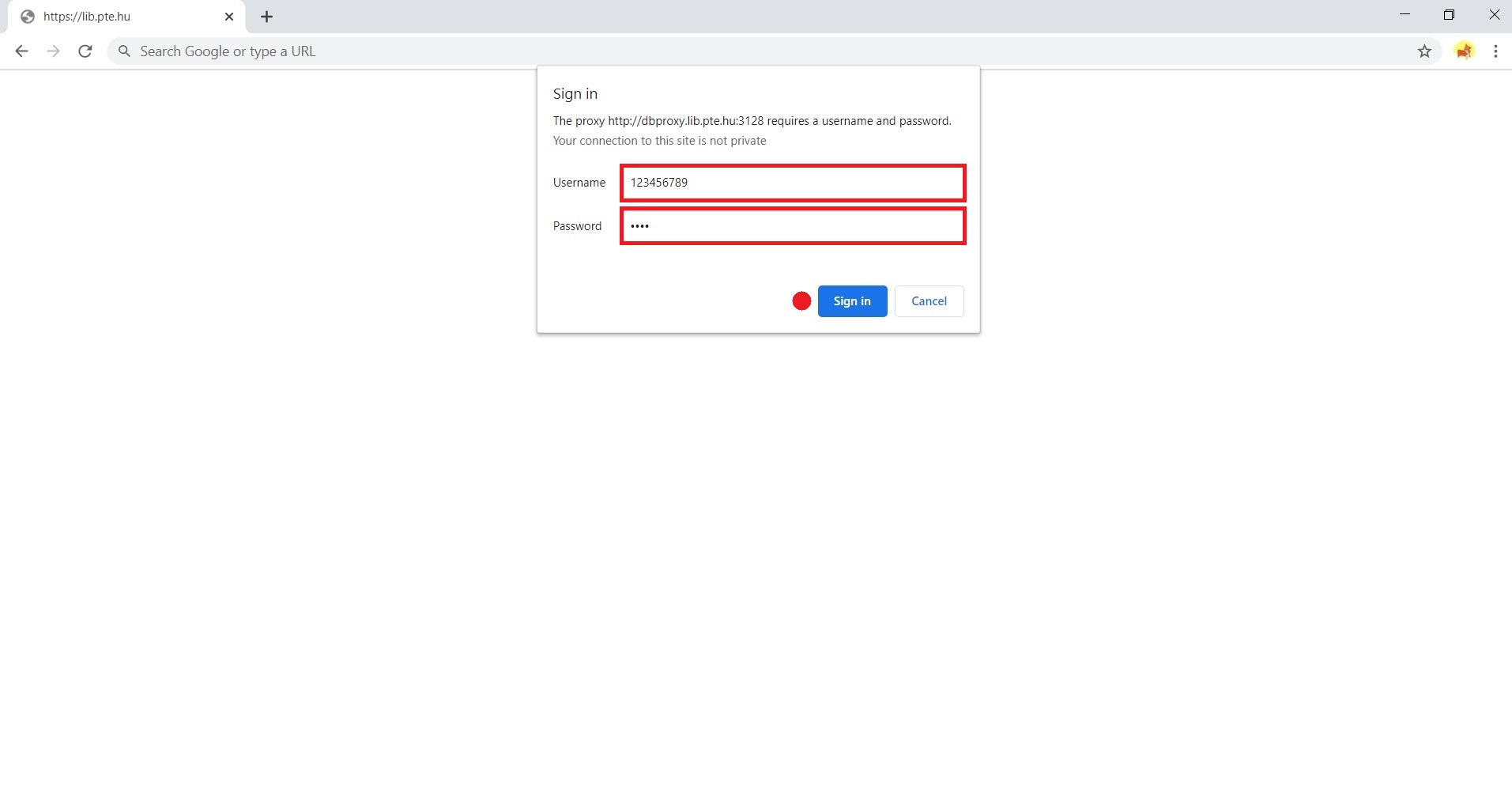 Figure 9
Figure 9
The Chrome browser will remember your credentials, and you will not need to authenticate again when you visit another university page or database until you restart Chrome or your computer.
If something goes wrong or the authentication fails, the authentication window will be displayed again.
If you clicked the Cancel button during authentication, or if you see an error message about denying access to our library website, check your proxy settings to make sure they are correct! (Figure 10)
If you believe you entered it correctly, but the proxy server does not allow content to be displayed, then the proxy server is probably unavailable or inactive. In this case, you should report this error as soon as possible to one of the contact details at the end of this guide. Following the announcement, our staff will begin to investigate the cause of the error.
 Figure 10
Figure 10
After successful authentication, Chrome will offer to save your password. If you are browsing from a computer that no other person is using, be sure to choose SAVE as Chrome will fill in the fields in advance after you restart.
These settings will remain in effect until you change your password or reader number. When installing some updates, you may need to enter the data again.
However, please do not save your password on a computer that is used by anyone other than you! (Figure 11)
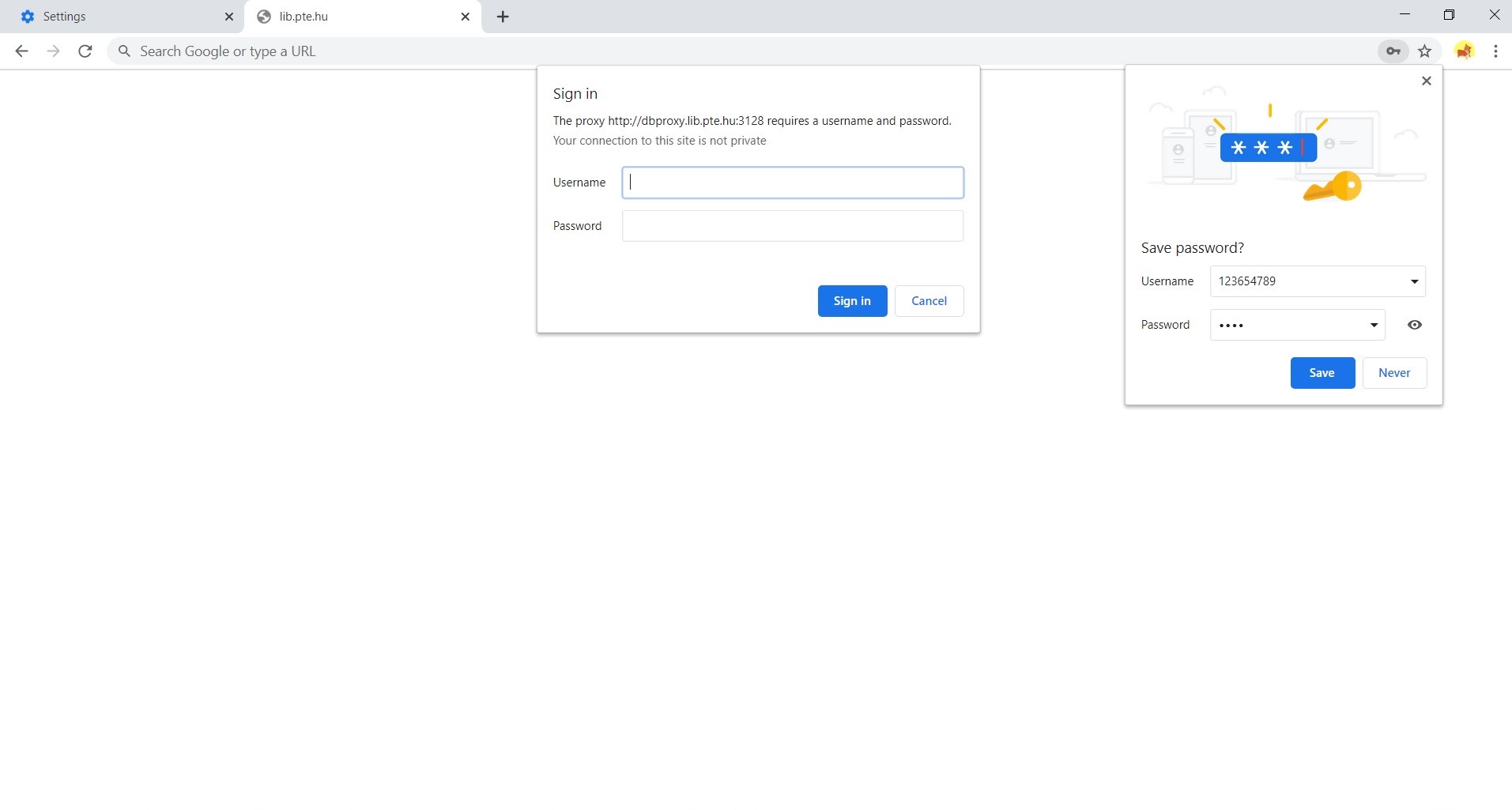 Figure 11
Figure 11
You can check the correct proxy setup and authentication success by clicking on a subscribed database on the database sub-page of the library website or even in the EDS Search box. (Figure 12)
 Figure 12
Figure 12
When properly connected, the database will list the search results and the name and logo of the identified institution will appear somewhere, usually in the upper right or left corner of the screen, indicating that the user is seen within the UP network.
In this case, the research work can continue uninterrupted and the user will have all UP privileges as if they were physically connected from within the campus. (Figure 13)
Figure 13
Of course, this authentication is only required for subscribed databases, and free databases can be used by everyone without restriction. So in fact, they do not require a proxy configuration itself.
In any case, if a subscribed database still requires subscription or login information, either the proxy setup failed or otherwise failed to connect to the proxy server, or in some cases may have technical problems with the database itself. Even in these cases, feel free to contact one of our colleagues listed at the end of this guide.
A list of UP subscribed and free databases with their links and search guides are always available on the https://lib.pte.hu/en/databases page or in the main menu "Database Portal". (Figure 14)
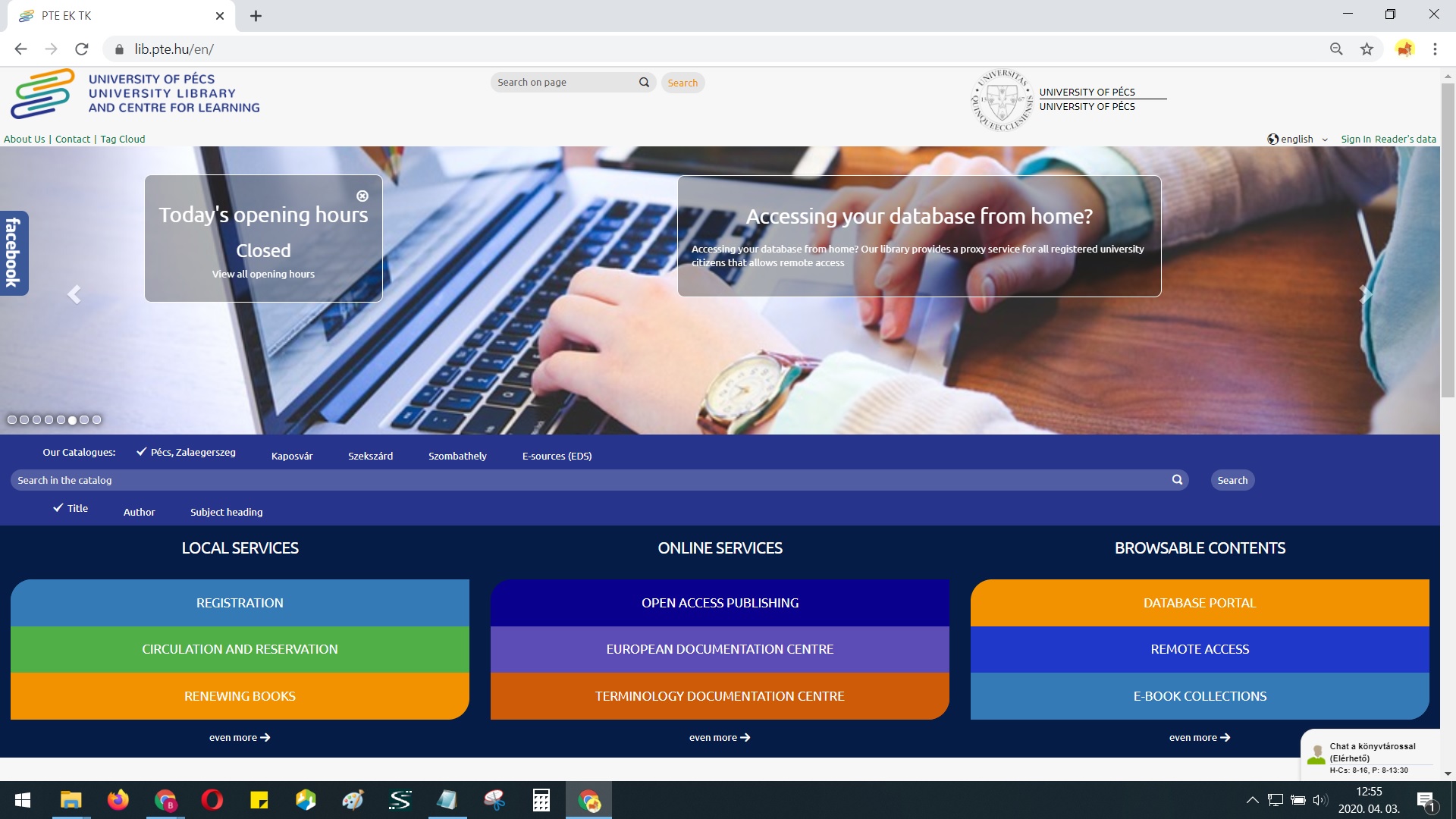 Figure 14
Figure 14
We hope that our guide has helped you successfully and conveniently use our subscribed databases remotely!
Thank you for your attention!
Our colleagues:
| Szabolcs Ésik | database manager, librarian | esik.szabolcs@lib.pte.hu | (72) 501-650 / 28027 |
| Márta Bedő | database manager, librarian | bedo.marta@lib.pte.hu | (72) 501-650 / 28027 |
